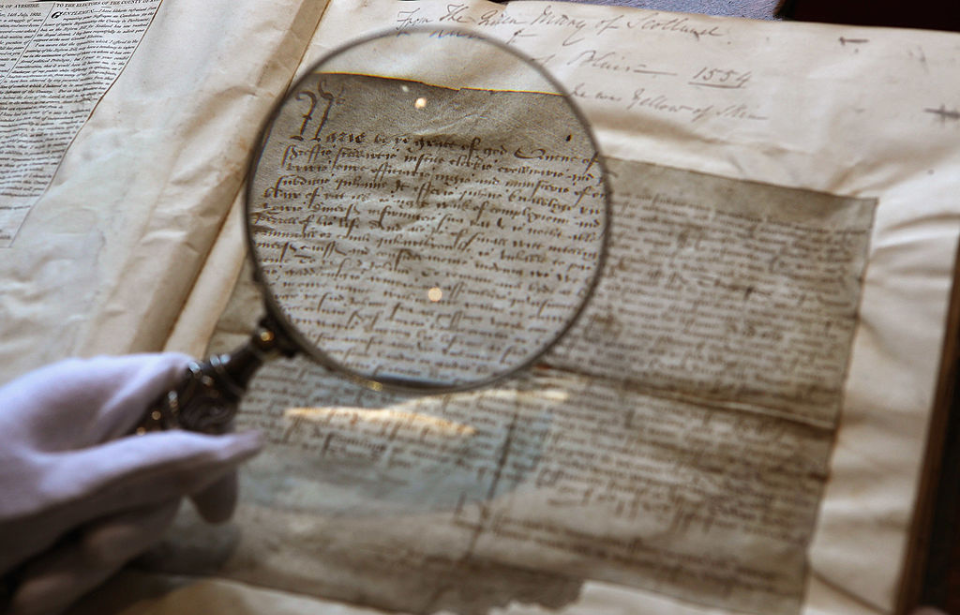Mary, Queen of Scots was kept prisoner by her distant kin, Queen Elizabeth I, for an astonishing 18 years. Her time as a captive was far from orthodox, as she was kept in various castles and noble houses, and she was still allowed some contact with the outside world through her avid letter-writing. Numerous archives around the world hold her writings, but it was a team of part-time cryptologists that uncovered and decoded a series of “lost” letters.
Hidden in plain sight
Located in the Bibliothèque Nationale de France were a series of Italian correspondences and documents dating to the 1500s. Among those were 57 letters entirely written in code, something that had either gone unnoticed when they were first cataloged or was somehow mistaken as Italian. It wasn’t until a German pianist, an Israeli computer scientist, and a Japanese physicist stumbled upon the online collection that they knew they had found something very interesting.
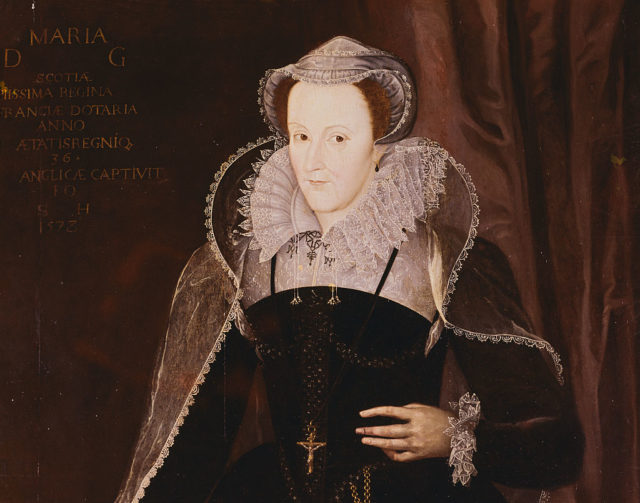
The team – George Lasry, Satoshi Tomokiyo, and Norbert Biermann – soon got to work. They knew they wouldn’t be able to identify the mystery author until they had first decoded parts of the writing. It became apparent that they were penned by a woman with a son. Other phrases they came across frequently were “ma liberté,” and the last name “Walsingham.” These were exactly the clues they were looking for. The letters were written by Mary, Queen of Scots.
A trained cipher
Mary certainly didn’t make it easy for this team to decipher her letters, and that was the point. She had actually been trained as a cipher from a young age by her mother, an important skill for a young royal. Not only was she able to keep her written messages secret, but she also learned how to protect them using letter locking, a skill common among nobles throughout her lifetime.
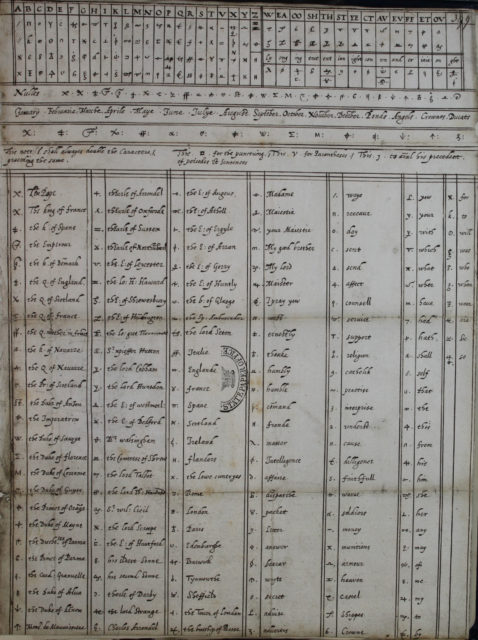
This was achieved by folding letters in intricate patterns, inserting string or another piece of paper into a slit, and sealing it with wax. While it was certainly possible to still open the letter, it did alert the recipient that it had been opened, as a piece of paper would be ripped or missing. The letters found in the French archive were not locked in this manner, but they were still intricately coded.
Cracking her code
Lasry detailed, “The cipher has 200 different symbols, which can all represent letters, numbers and names. You have no idea of the date, the recipient or the sender. Nobody could have guessed what it was.” The team used numerous methods to decipher the letters, including linguistic analysis, computer algorithms, and manual codebreaking. At first they used a computer, but that only allowed them to read 30 percent of the text.
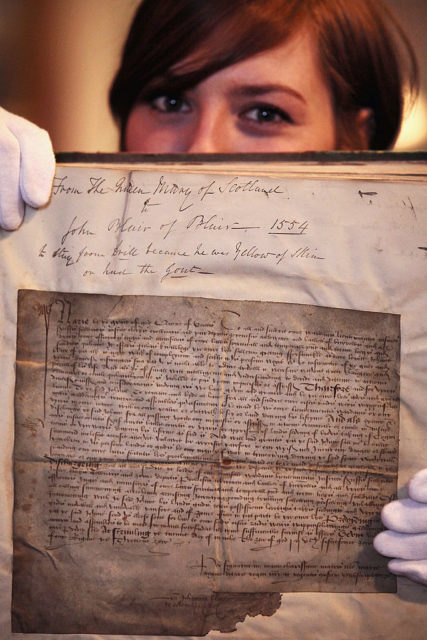
To understand more, they turned largely to doing it by hand, creating hypotheses of what the symbols might mean before testing them. Not only was it difficult work, but all three team members worked on this project in their spare time on evenings and weekends. Ultimately, their published study shows a broad overview of the letters and their content which they hope will be more thoroughly analyzed in the future.
Time in captivity
The letters contain a wealth of new information about Mary’s time as a captive between 1578 and 1584, written in her own words. Of the letters, 54 were written by Mary to the French ambassador to England, Michel de Castelnau, two were written by Mary to François de Salignac de la Mothe-Fénelon while he was envoy to Scotland, and one was from Mary’s secretary Jacques Nau to Jean Arnault.
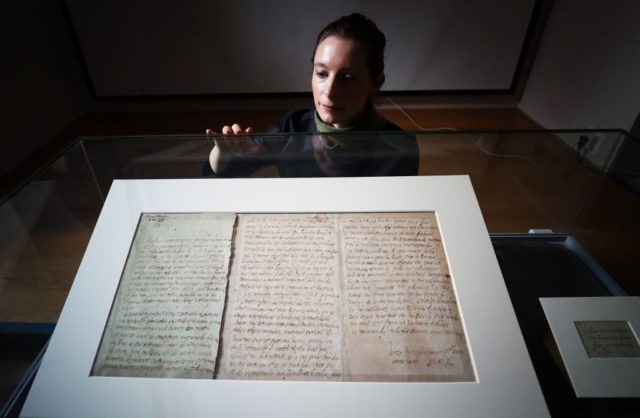
It was already well known that Mary had a secret line of communication with Castelnau, who had the letters delivered to him by trusted couriers. This was, understandably, a frequent topic of discussion in her letters to him, as she wanted to ensure that they were able to continue their writing and she would retain allies in France. She also warned him that Walsingham, Elizabeth’s spymaster, might have turned some of her people against them – which he indeed had.
Topics of conversations
On April 16, 1583, Mary expressed her profound gratitude to Castelnau for his continued support of her: “I cannot thank you enough for the care, vigilance and entirely good affection with which I see that you embrace everything that concerns me and I beg you to continue to do so more strongly than ever, especially for my said release to which I see the queen of England quite inclined.”

Other topics included a potential marriage between Elizabeth and the Duke of Anjou, with Mary weighing in, “that the English side is not sincere in their negotiations, their only purpose being to weaken France and counter Spain.”
More from us: A Complete Amateur Helped to Decode Ice Age Cave Art
Already, the team of cryptographers has revealed a wealth of information on the imprisonment of Mary, Queen of Scots, and they are moving ahead with further research. They also indicate that there may be other secret letters still out there, known about only because Mary referenced them within her recently decoded letters.
